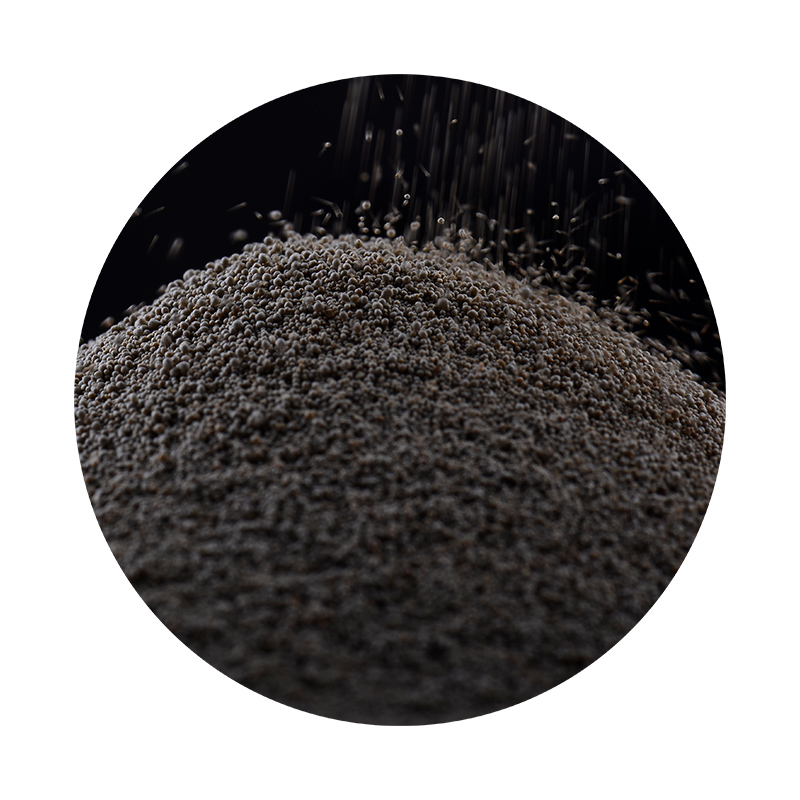

In terms of authority, industry leaders in sectors such as aerospace, automotive, and machinery have already adopted 3D printed sand casting for parts production. This adoption reflects the technology's proven track record. These sectors require parts that meet rigorous regulatory standards, and the trust they have placed in 3D printing speaks volumes about its reliability. Companies like Ford and BMW have advanced their manufacturing capabilities by incorporating 3D printing into their sand casting methodologies, underscoring the technology's role in driving innovation. Trustworthiness is another critical factor that manifests in the predictability and repeatability of the outcomes 3D printing offers. By minimizing waste and optimizing material use, 3D printed sand casting aligns with sustainable manufacturing practices, which is increasingly important in today's environmentally conscious market. This not only builds consumer trust but also positions companies as responsible leaders in sustainability. In conclusion, the marriage of 3D printing and sand casting is not just a technological evolution but a paradigm shift in manufacturing. It exemplifies expertise through its ability to produce complex geometries with superior precision, asserts authority by meeting stringent industry standards, and fosters trust through sustainable practices. This modern approach meets the demands of contemporary manufacturing, offering businesses a competitive edge in product development and production efficiency. As 3D printing technologies continue to advance, their application in sand casting will likely expand, further entrenching this methodology as a cornerstone of modern manufacturing. Post time:Shk . 08, 2025 04:42
Next:3d printing for sand casting
